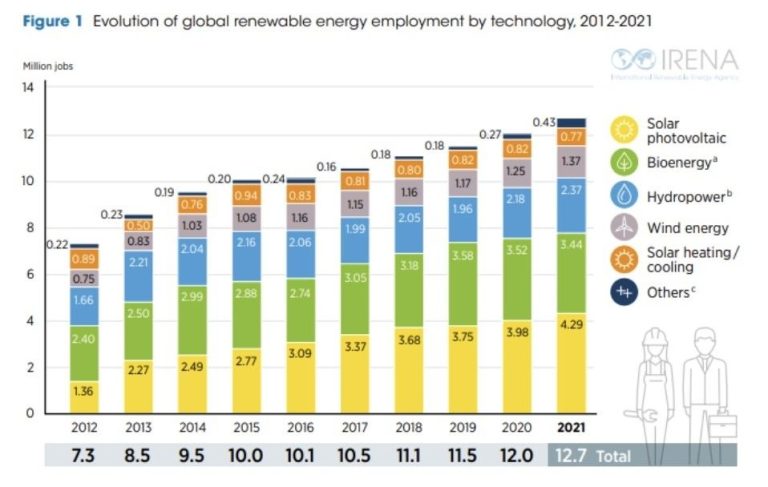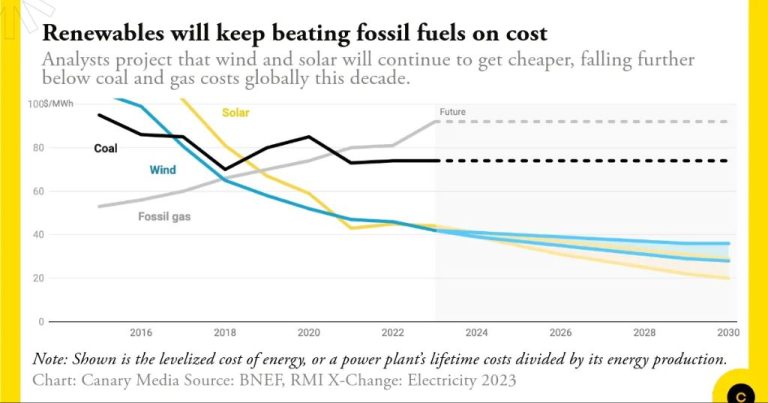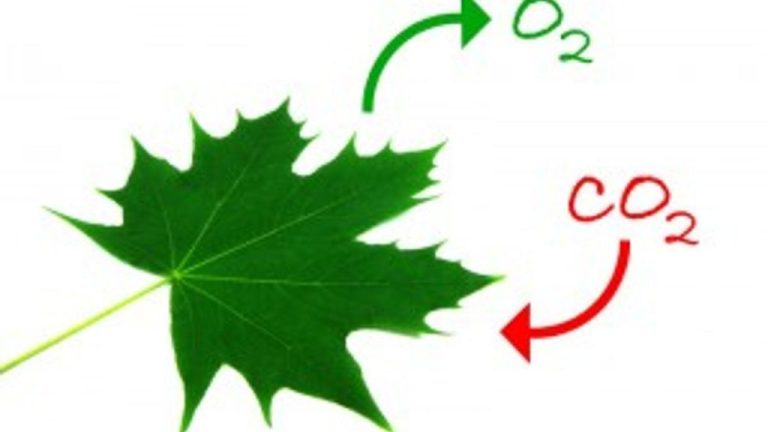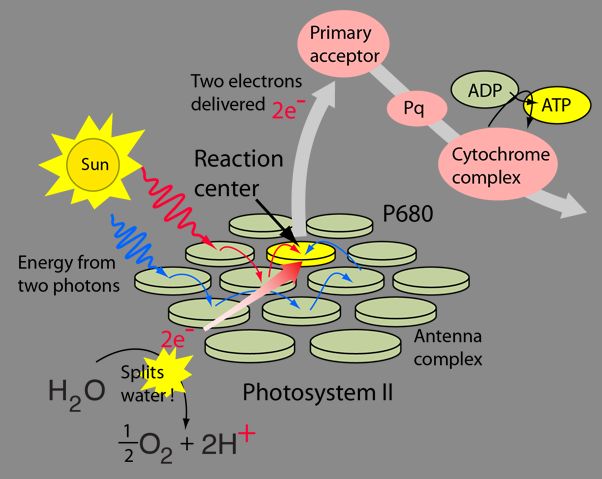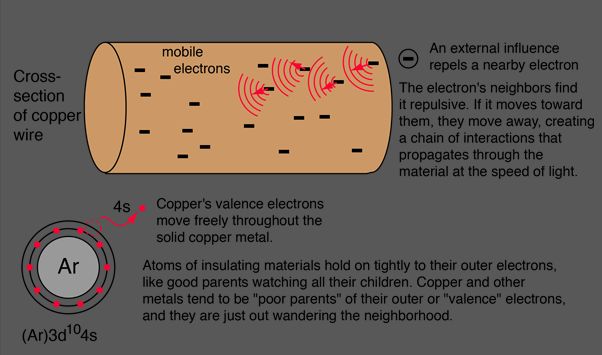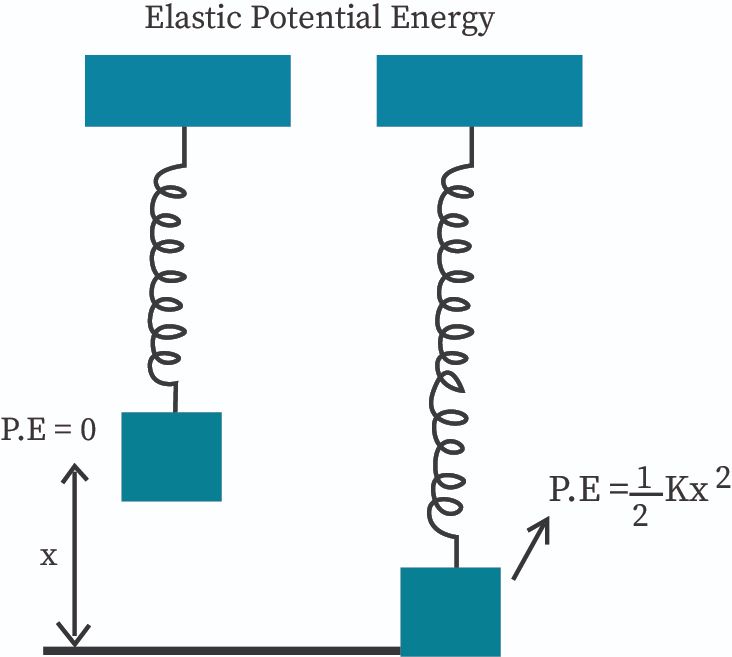What Is The Following Is A Renewable Source Of Energy?
What is Renewable Energy?
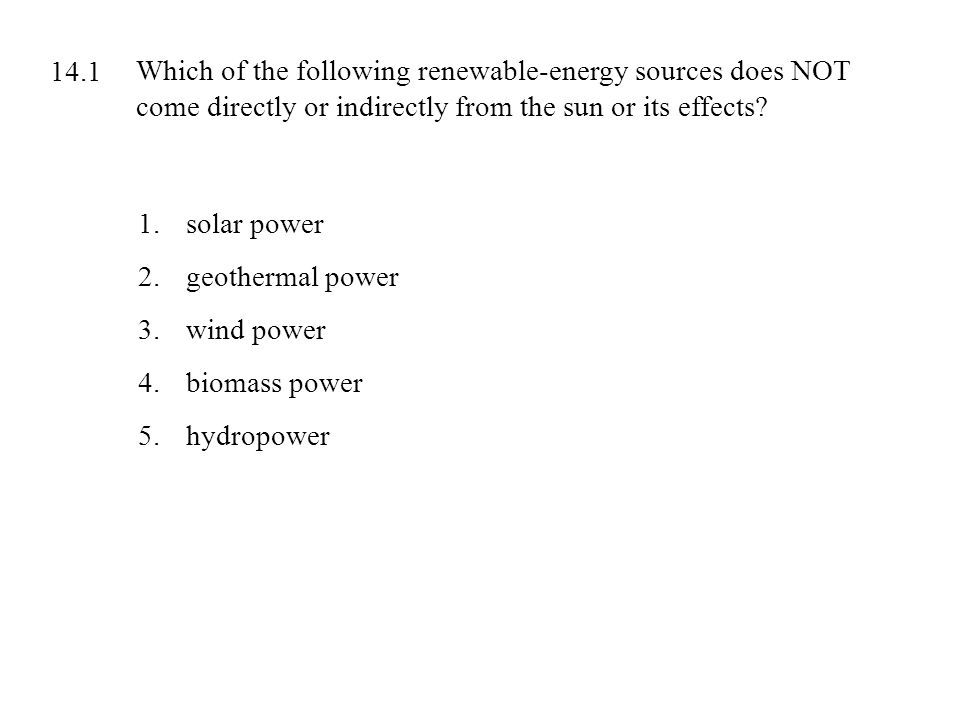
Renewable energy sources are natural resources that can be replenished within a human lifespan or shorter period of time through ecological cycles (https://group.met.com/en/media/energy-insight/is-natural-gas-a-renewable). They include solar, wind, geothermal, hydropower, and biomass sources. Renewable energy stands in contrast to fossil fuels like coal, oil, and natural gas, which take much longer to form naturally and so are considered nonrenewable on human timescales.
According to the Croatian Energy Act, renewable energy sources are defined as “energy resources preserved in nature that can be fully or partially renewed” (https://www.fzoeu.hr/en/renewable-energy-sources/7573). The key aspect that makes renewable energy sources renewable is that they are naturally replenished at a rate much faster than they are consumed. This allows them to be used sustainably over long periods of time, unlike fossil fuels which are finite resources.
Some key advantages of renewable energy sources are that they produce little to no greenhouse gas emissions, help improve energy security by relying on domestic resources, and can be harnessed in an environmentally sustainable way. The continual replenishment of renewable resources also makes their supply essentially inexhaustible. However, renewable energy sources can have drawbacks as well, such as intermittency issues with solar and wind power.
Types of Renewable Energy
There are five main types of renewable energy sources that are commonly used today:
- Solar energy – Solar panels convert sunlight into electricity. Solar energy can be used to power homes, businesses, and the electric grid (Source).
- Wind energy – Wind turbines use airflow to generate mechanical power or electricity. Wind power is one of the fastest growing renewable energy sources (Source).
- Hydropower – Flowing water is used to spin turbines connected to generators. Hydropower is a clean, renewable source used for electricity generation.
- Geothermal energy – Geothermal power plants use steam from hot water reservoirs deep underground to run electric generators. Geothermal energy can provide base load electricity.
- Biomass energy – Biomass refers to organic matter that comes from plants and animals. It is commonly used to produce electricity, transportation fuels, and heat.
These renewable energy sources provide clean alternatives to fossil fuels and help reduce greenhouse gas emissions. There are also emerging technologies like tidal and wave power that show promise for the future.
Solar Energy
Solar energy is the conversion of sunlight into electricity using photovoltaic solar panels and cells. The sunlight is absorbed by the solar panels, which contain photovoltaic cells made of materials like silicon. These cells convert the sunlight into direct current electricity via the photovoltaic effect. This electricity can then be used to power homes, businesses, and the grid. Some key solar technologies include:
- Solar photovoltaic (PV) panels and cells – convert sunlight directly into electricity via the photovoltaic effect.
- Concentrated solar power (CSP) – uses mirrors to concentrate sunlight to drive traditional steam turbines and generate electricity.
- Solar hot water – uses the sun’s thermal energy to heat water for residential, commercial and industrial applications.
Solar energy has several key advantages. It is a renewable source of energy, so supplies are unlimited. Solar only uses sunlight, so there are no fuel costs or emissions. Arrays can be built on empty land, so they don’t compete for resources. Solar PV system costs have fallen dramatically in the last decade, making it more affordable. Solar energy is also modular and scalable, from small residential systems to large utility-scale plants (– Solar advantages and disadvantages).
However, there are some disadvantages. Solar is intermittent – it only produces energy when the sun is shining. Energy storage systems are needed for 24/7 power. Solar PV has a low capacity factor compared to fossil fuel plants. Large land areas are required for utility-scale solar farms. The amount of sunlight varies by location, so solar works better in some regions. There are some emissions from manufacturing solar panels, but they are typically offset within a few years (– The benefits of solar energy).
Wind Energy
Wind energy is harnessed through the use of wind turbines and wind farms. Wind turbines convert the wind’s kinetic energy into mechanical power to generate electricity. They often have three blades that face into the wind. As the wind blows over the blades, the blades spin a shaft connected to a generator, which creates electricity (1).
Wind farms, also known as wind power plants, are clusters of wind turbines in the same location used to produce large amounts of electricity. Wind farms can be onshore (on land) or offshore (in bodies of water). In 2020, around 30% of global wind power capacity came from offshore wind (1).
Some key advantages of wind energy:
- Renewable – Wind is continuously replenished and will never run out.
- Clean – Produces no air pollution or greenhouse gas emissions.
- Cost-effective – New wind turbines are inexpensive to operate and maintain.
- Reliable – New turbines have capacity factors of around 50%.
Some potential disadvantages of wind energy:
- Intermittent – Depends on weather patterns and wind availability.
- Land intensive – Large numbers of turbines spread over large areas are needed.
- Impact on wildlife – Risks to birds and bats that collide with turbines.
- Noise pollution – Turbines can create disruptive sounds for nearby residents.
Overall, wind power will continue growing as a major renewable energy source worldwide. Costs are declining and technology is advancing to address challenges. Offshore wind holds great potential, especially in Europe, Asia, and the United States (2).
Sources:
(1) https://www.constellation.com/energy-101/energy-innovation/wind-energy-pros-cons.html
(2) https://www.inspirecleanenergy.com/blog/clean-energy-101/wind-energy-pros-and-cons
Hydropower
Hydropower is one of the most common types of renewable energy and generates power by using the energy from flowing water. The most well-known form of hydropower uses dams to store water in reservoirs. The water flows through a turbine, spinning it, which in turn activates a generator to produce electricity. Examples of hydropower dams include the Hoover Dam and the Three Gorges Dam in China.
Other types of hydropower facilities include:
- Run-of-river – Channels a portion of a river through a canal to spin a turbine
- Pumped storage – Stores energy by pumping water uphill to a reservoir at higher elevation. During periods of high electrical demand, the stored water is released through a turbine.
- Tidal power – Captures energy from the rise and fall of ocean tides by running tidal waters through turbines.
- Wave power – Uses floats, buoys, or pitching devices to convert the up-and-down motion of ocean waves into mechanical energy.
The advantages of hydropower include its renewable, clean energy source with low operating costs once facilities are constructed. It’s also flexible to meet instantaneous electrical demands. However, dams can be environmentally controversial, blocking fish migration and changing downstream water flows. Overall, hydropower accounted for 6.6% of U.S. utility-scale electricity generation in 2019.
Sources:
https://www.energy.gov/eere/water/hydropower-basics
https://www.perchenergy.com/blog/energy/what-is-hydropower-how-does-it-work
Geothermal Energy
Geothermal energy utilizes heat from the earth’s core to generate electricity and provide heating and cooling. It is considered a renewable energy source because the heat emanating from the earth’s interior is constantly being replenished.
There are three main types of geothermal power plants: dry steam, flash, and binary. Dry steam plants use steam from reservoirs directly to turn turbines. Flash plants take high temperature water, usually above 360°F, from reservoirs and convert it to steam to drive turbines. Binary cycle plants pass moderately hot water, usually between 225-360°F, through a secondary fluid with a much lower boiling point than water. This causes the secondary fluid to vaporize, which then drives turbines.
Geothermal energy can also be utilized through ground source heat pumps. These systems use the shallow ground’s stable temperatures to heat and cool buildings. Pipes called loops are buried in the ground near buildings, either vertically or horizontally. Fluid is circulated through the loops to either absorb heat from the ground in winter or reject heat into the ground in summer. This provides heating and cooling with much greater energy efficiency than conventional systems.
Geothermal energy has several key advantages. It produces base load power that is available 24/7 regardless of weather conditions. Geothermal plants have very high capacity factors of 90-98% since they can operate continuously. Geothermal energy does not produce any direct greenhouse gas emissions. It also utilizes a free and renewable fuel source in the earth’s heat. However, geothermal energy is very location dependent, with the best sites being near tectonic plate boundaries. It can also release trace amounts of gases like hydrogen sulfide.
According to TWI Global, geothermal power plants provide clean, renewable baseload energy 24 hours a day, 7 days a week. The United States is the world’s largest producer of geothermal energy.
Biomass Energy
Biomass energy is generated from organic matter such as plants, animal waste, and municipal waste. It can be used to produce electricity, transportation fuels, and heat for homes and businesses. Some of the most common forms of biomass energy include:
Biofuels – Liquid fuels like ethanol and biodiesel that are made from crops such as corn and soybeans. Biofuels can replace gasoline and diesel in vehicles. (Green Mountain Energy)
Biogas – A mixture of methane, carbon dioxide and other gases produced by the breakdown of organic matter in landfills, wastewater treatment plants, and farms. Biogas can be used to generate electricity. (Inspire Clean Energy)
Wood – Wood chips, pellets, and other wood products are burned to heat buildings and also to generate electricity. Wood accounts for about 40% of biomass energy in the U.S. (NESFircroft)
Crops – Corn, soybeans, and other crops can be processed into liquid biofuels or burned directly to produce heat and power. Agricultural residues like corn stover and sugarcane bagasse can also be used.
Municipal Waste – Garbage from landfills and other waste like sewage sludge can be digested anaerobically to produce biogas for energy.
Some key advantages of biomass energy include:
- Renewable and sustainable resource
- Reduces dependence on fossil fuels
- Creates jobs in agriculture and manufacturing sectors
- Widely available feedstock
However, there are also some disadvantages such as:
- Emits carbon dioxide when burned
- Air pollution from burning biomass
- Potential deforestation impacts
- Large land use requirements for energy crops
Benefits of Renewable Energy
The use of renewable energy has many benefits compared to fossil fuels. Some of the key benefits include:
Reduced Carbon Emissions
Renewable sources like solar, wind, hydropower and geothermal produce little to no greenhouse gas emissions, which is a major contributor to climate change. Increasing the share of renewables can significantly reduce carbon emissions from the energy sector [1].
Sustainability
Renewable energy sources are replenished naturally and are virtually inexhaustible. This enhances sustainability and reduces our reliance on finite fossil fuel reserves that take millions of years to develop [2].
Energy Independence
Local renewable electricity production reduces dependence on imported fuels and increases energy security. With renewables, we rely less on foreign oil and gas imports that are subject to global price volatility and uncertainty [3].
Job Creation
The renewable energy industry is more labor-intensive than fossil fuels. Investing in renewables creates jobs in manufacturing, construction, installation and maintenance across local communities.
Cost Reductions
In recent years, the cost of renewables like solar and wind has declined significantly and is now competitive or even cheaper than conventional sources in many markets. Further deployment can drive costs down even more.
Challenges of Renewable Energy
While renewable energy has many benefits, there are also some challenges that need to be addressed for it to reach its full potential. Some of the main challenges include:
Intermittency – Many renewable energy sources like solar and wind are intermittent, meaning they are not available on demand and have variable output based on weather and time of day. This requires investment in energy storage technologies or maintaining backup power from non-renewable sources.
Storage – Effective energy storage is crucial for addressing intermittency and enabling wider adoption of renewables. Current battery storage technology is still limited in capacity and adds substantial costs. Developing more scalable and cost-effective storage will be key.
Transmission – Renewable sources are often located far from populated areas with high energy demands. Major investments are needed in transmission infrastructure to get the power where it needs to go. Upgrading and expanding transmission lines faces regulatory and permitting challenges.
High upfront costs – While ongoing costs of renewables are often low, initial capital costs for construction and equipment can be high. This can limit deployment, especially in developing countries. More financing support and approaches to lower costs are needed.
Land use – Some renewables like solar and wind farms require large land areas for installation. This can conflict with agriculture, conservation, and other interests. Better land use planning and siting is important for community acceptance.
Despite these challenges, costs have fallen dramatically and many solutions are emerging. With the right policies, business models and technologies, renewables have huge potential to displace fossil fuels and meet our energy needs sustainably. But ongoing innovation and investment is critical to fully overcome the challenges.
Future of Renewable Energy
The future looks bright for renewable energy. According to the U.S. Department of the Interior, renewable energy production is expected to continue growing rapidly in the coming years.1 The International Energy Agency (IEA) predicts that renewables will account for 90% of all new power generation worldwide through 2026.2
Many experts believe renewable energy will play a crucial role in fighting climate change. The United Nations states that transitioning to renewable energy sources like wind and solar will reduce greenhouse gas emissions and help mitigate global warming.3 Emerging technologies like offshore wind farms, floating solar panels, and solar thermal energy storage may further accelerate the growth of renewables.
Government policies, falling costs, and technological advances are driving rapid growth in renewable energy. According to projections, renewables are expected to overtake coal as the world’s largest source of electricity by 2025.2 With continued innovation and investment, renewables will play a major role in building a sustainable energy future.

